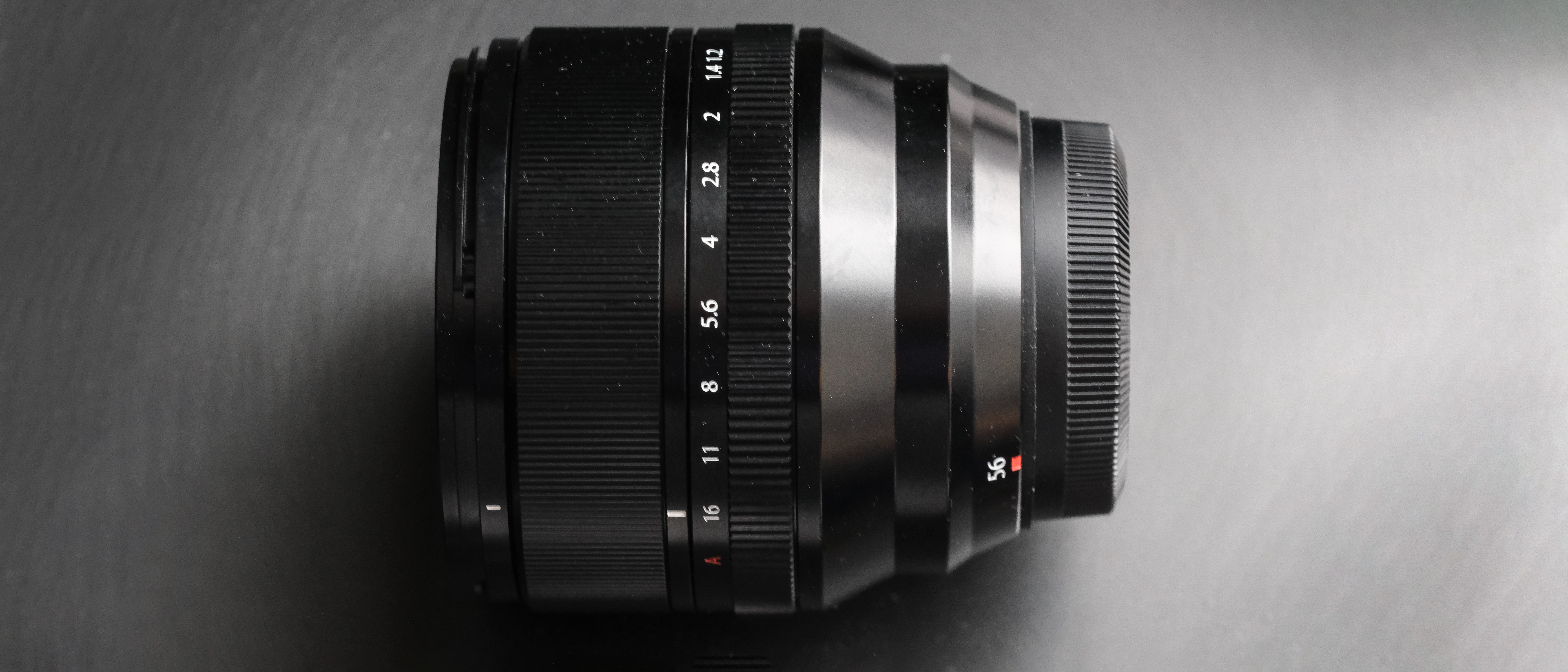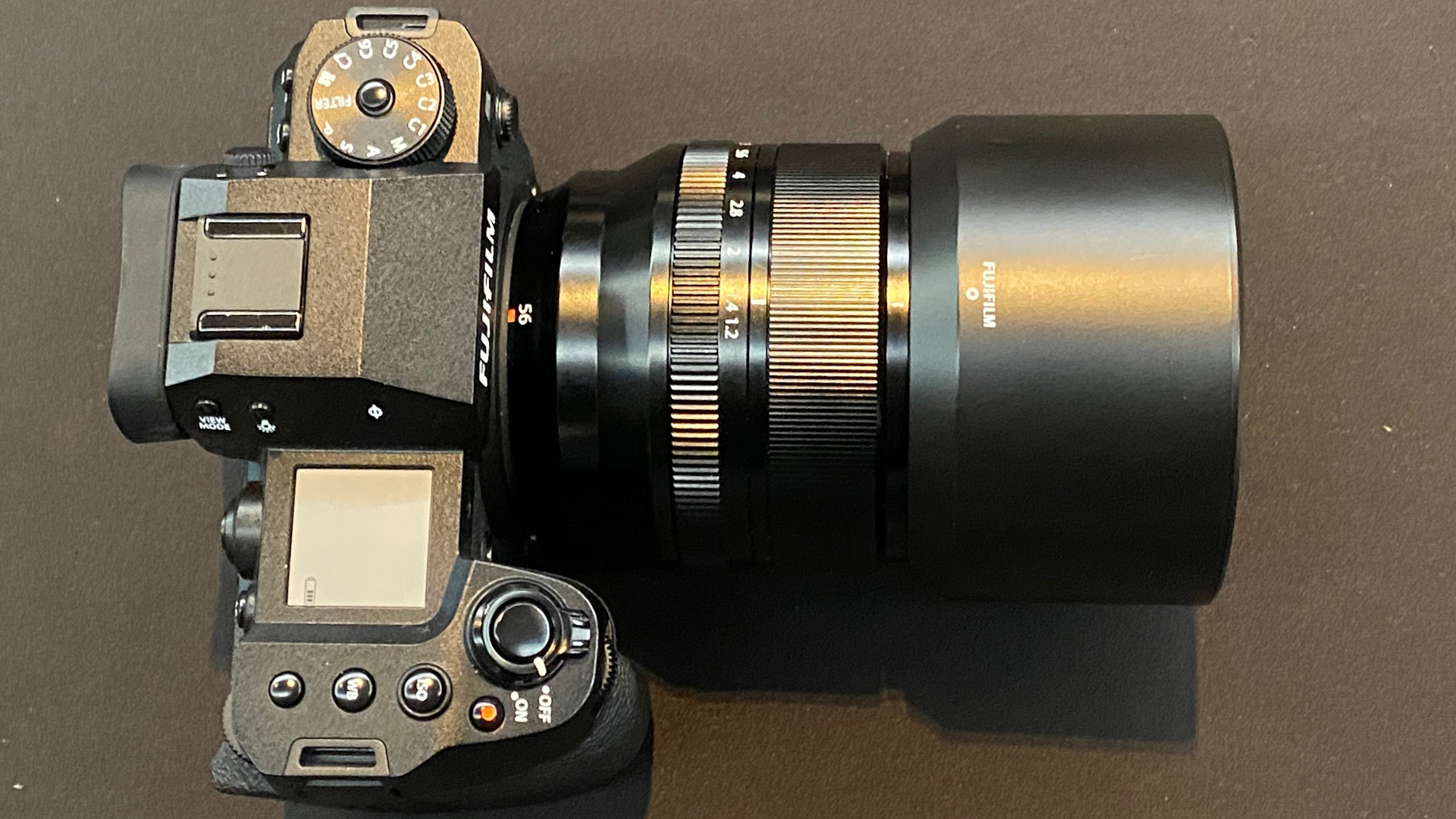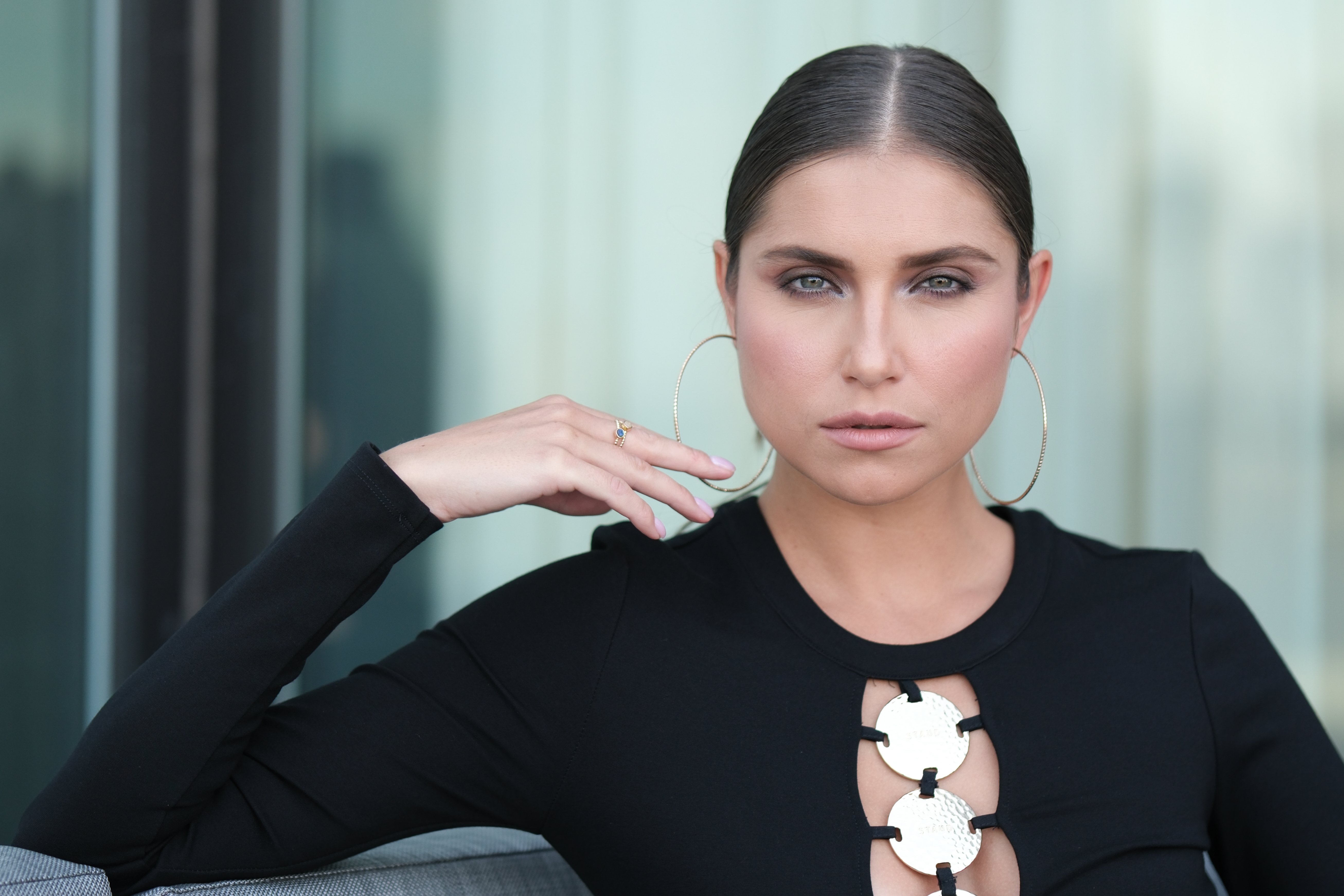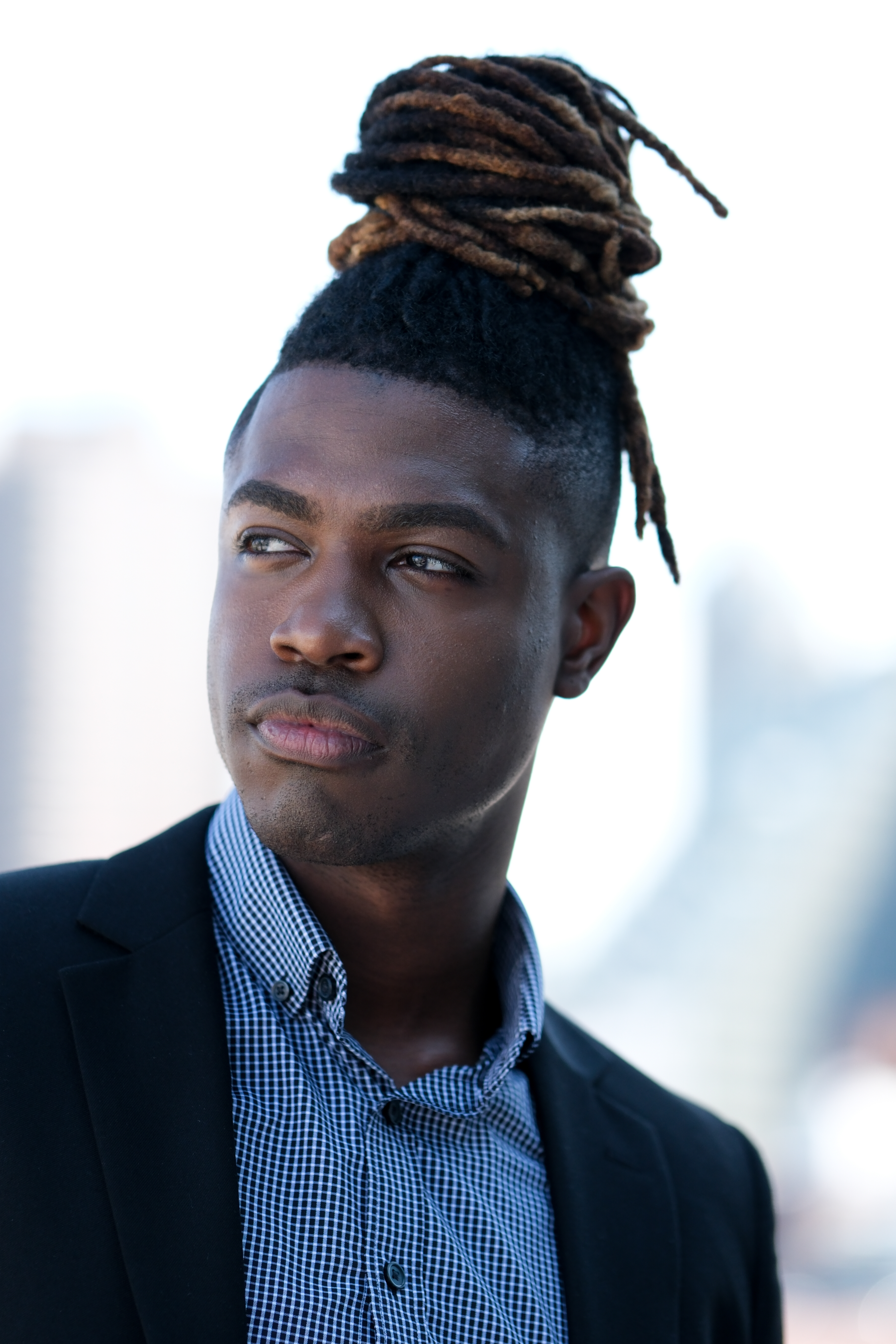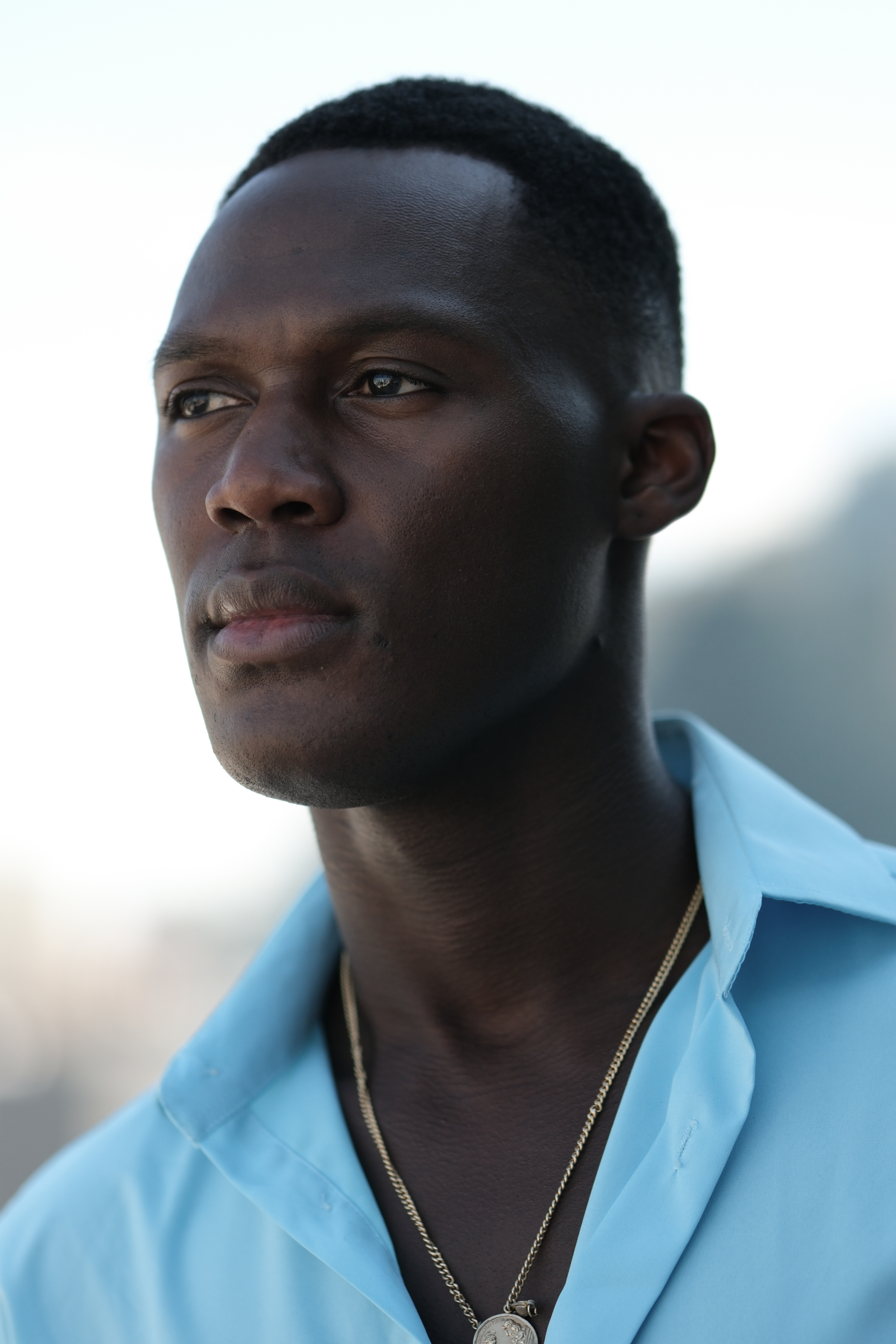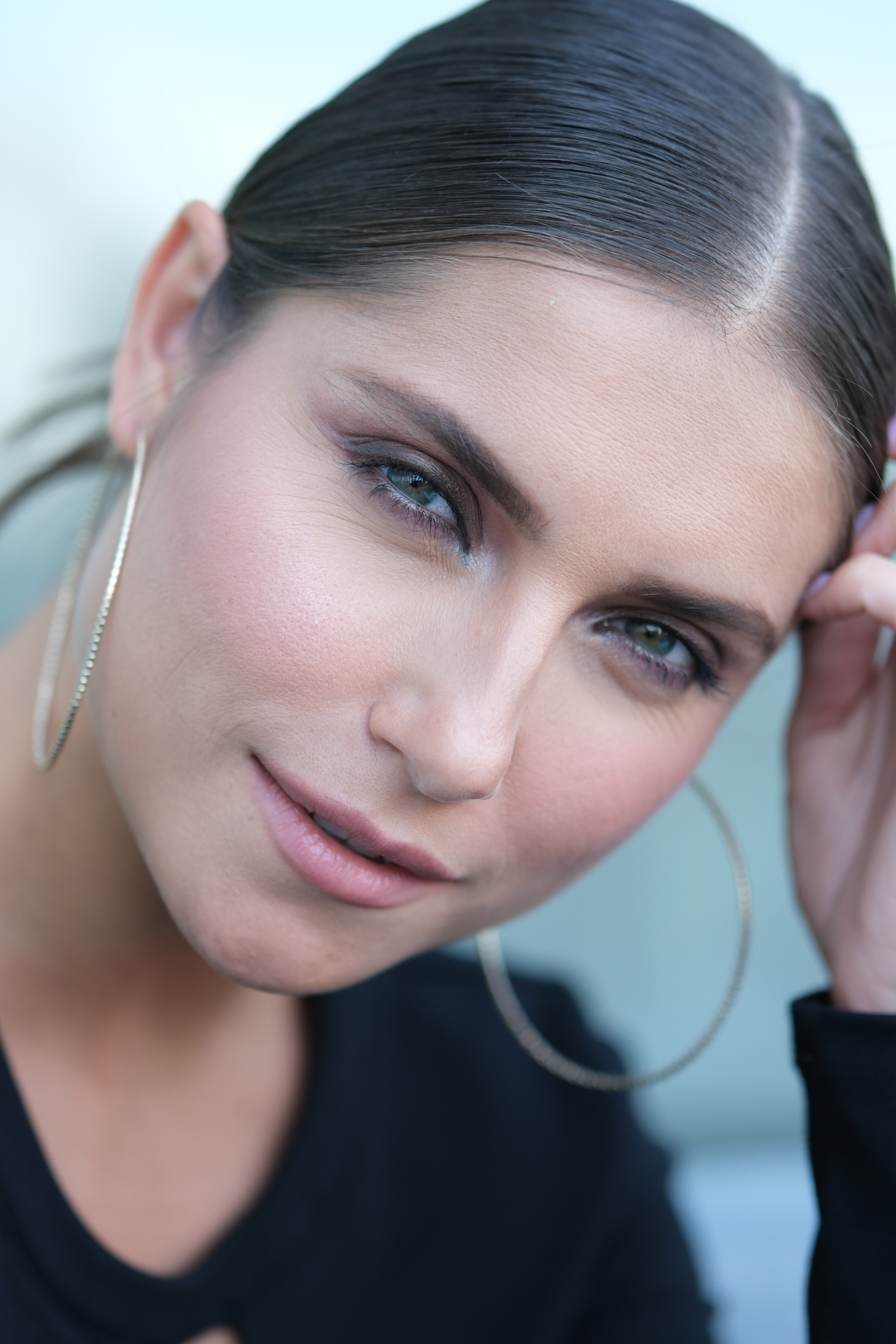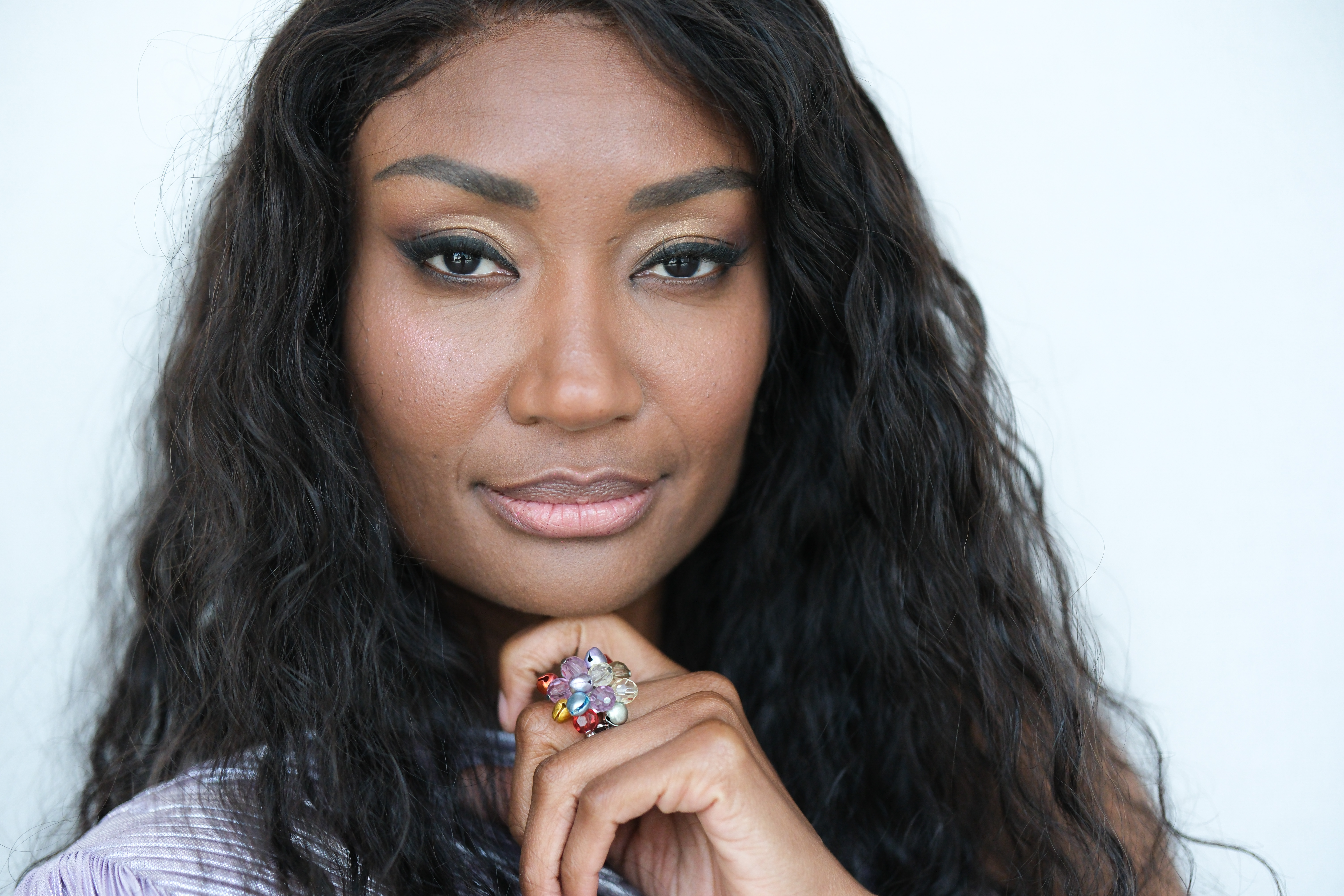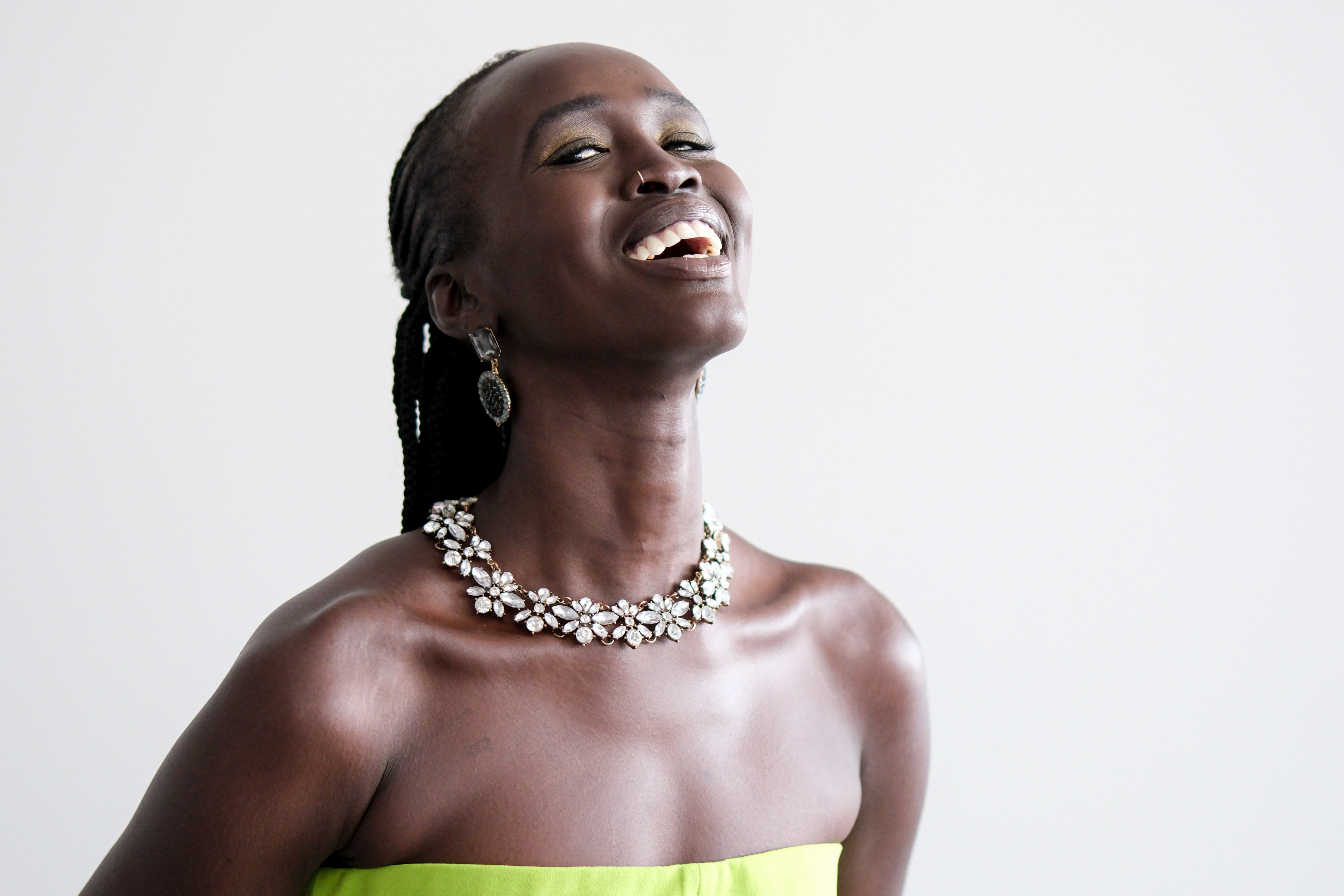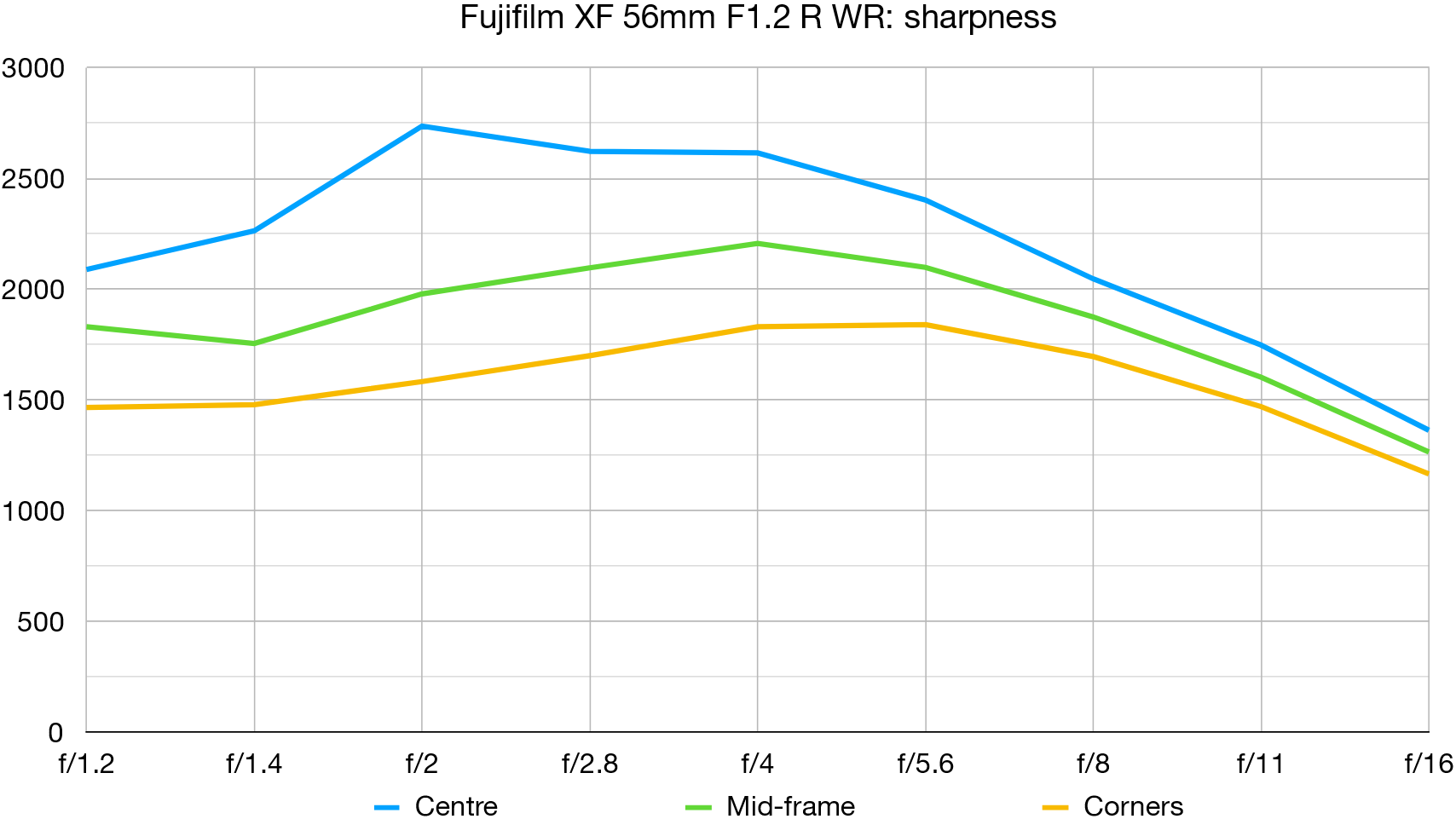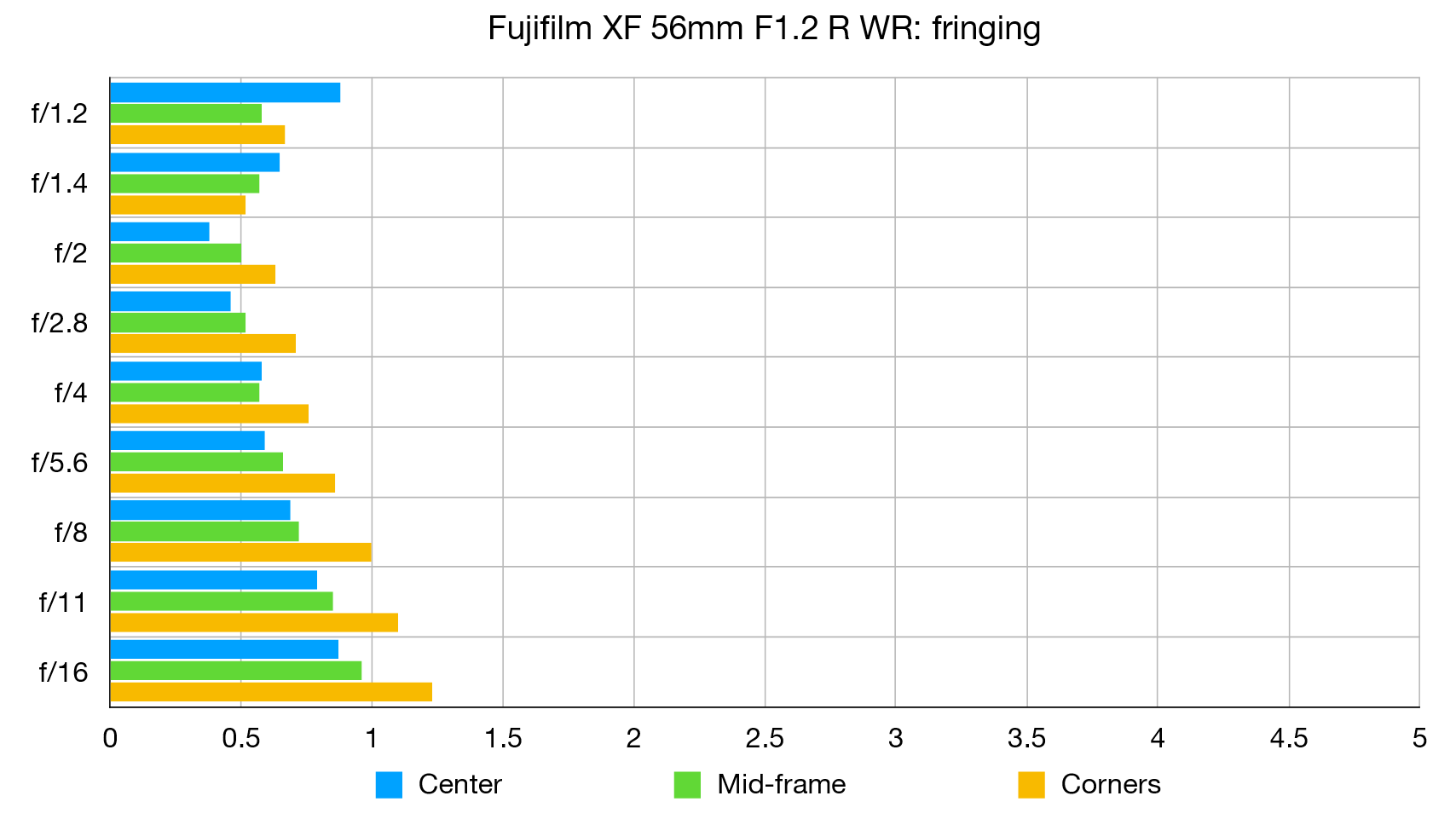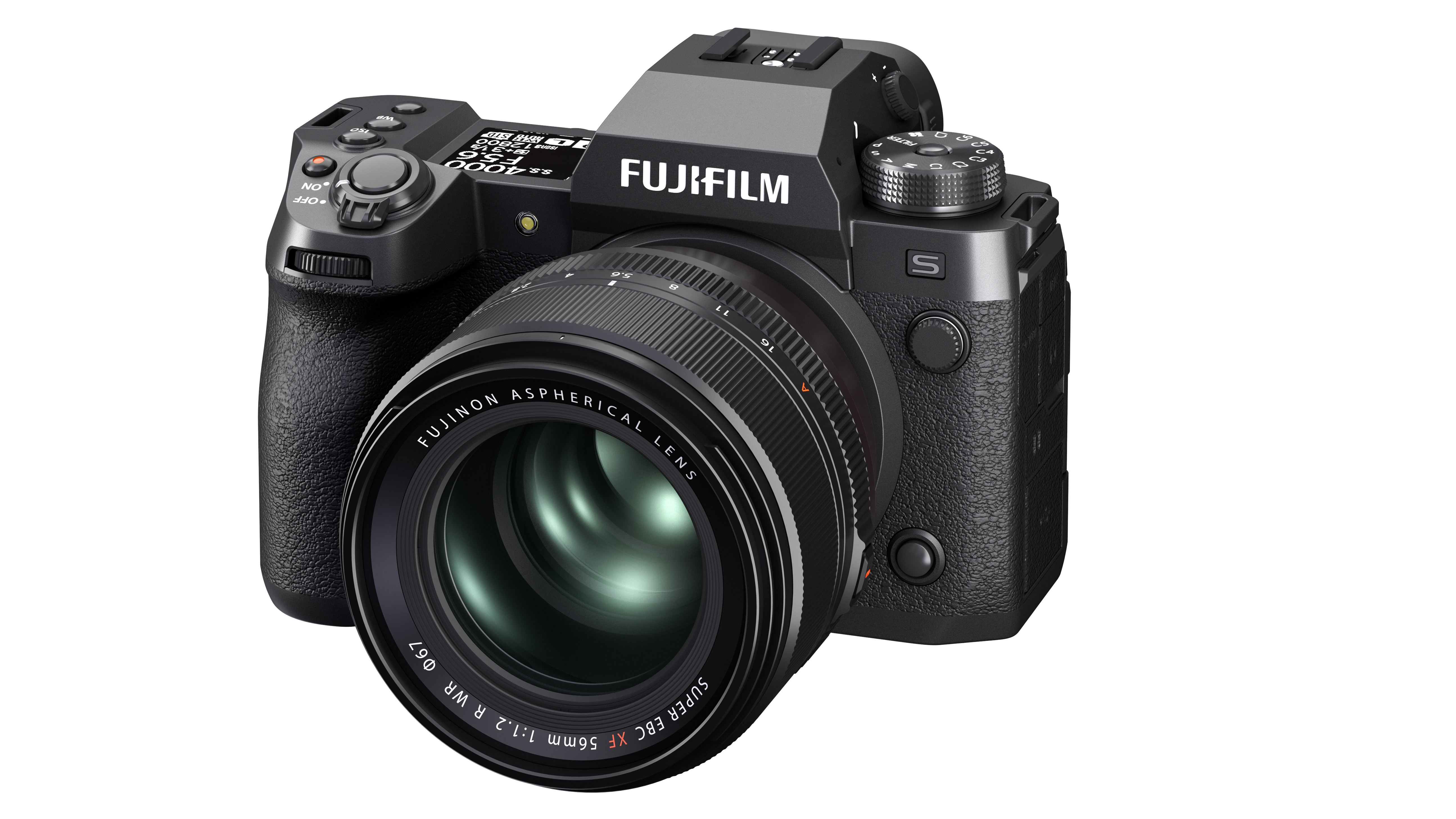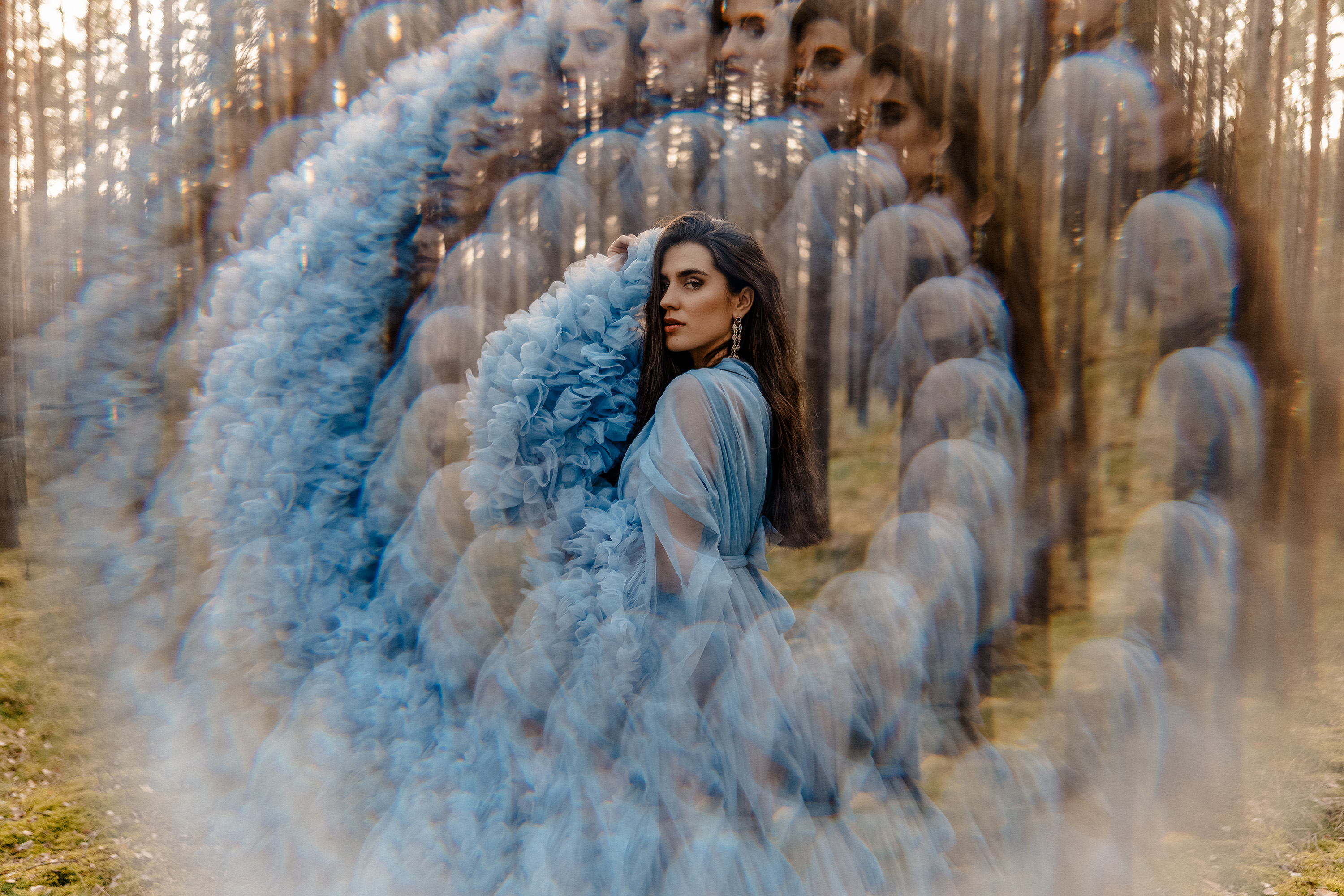Digital Camera World Verdict
With the X-mount camera system now being 10 years old, Fujifilm has been steadily updating some of its older lenses - and now it is the turn for a complete redesign of the 2014-vintage XF56mmF1.2 R - which has been a popular portrait lens, thanks to is focal length, and wide maximum aperture. The new Fujifilm XF56mmF1.2 R WR updates the prime in almost every department - improving resolution, bokeh, and adding weatherproofing. We got to try the lens out for a couple of hours shooting professional models at Fujikina in New York - and we think the amazing results it delivers wide open speak for themselves. But now we have been able to run the lens through our series of lab tests to see just how good this lens is optically
Pros
- +
11-blade iris gives beautiful bokeh
- +
Weatherproofing
- +
Close focusing down to 0.5m
Cons
- -
No image stabilization
- -
Minimum aperture of f/16
Why you can trust Digital Camera World
The new Fujifilm XF56mmF1.2 R WR brings a significant number of improvements to the eight-year-old XF56mmF1.2 R - which has been a must-have lens for portrait photographers, looking for shallow depth of field and background bokeh. The ultra-fast prime offers an equivalent focal length to the best 85mm lenses on full-frame cameras (thanks to the 1.5x crop-factor of the X-Series of cameras)
The Fujifilm XF56mmF1.2 R WR is now weatherproofed – and the resolution has been improved to take advantage of the newest X-Trans sensors on Fujifilm cameras. It is one of 20 lenses approved by Fujifilm for use with the new 40-megapixel X-H2 - which was announced alongside this lens at the New York X-Summit. It is the fourth pro-grade f/1.4 prime lens that has been updated with the X-H2 in mind - the others being the XF18mm f/1.4, the XF23mm f/1.4, and XF33mm f/1.4.
Another notable improvement is that the minimum focusing distance has been improved from 0.7m to just 0.5m - which proves useful for close-crop images of people's faces.
The new lens will not only replace the XF56mmF1.2 R, but also the curious Fujinon XF56mm f/1.2 R APD, with its unusual addition of an anodization filter to further try to enhance bokeh. The new lens offers a world-beating 11-blade iris that aims to give truly circular bokeh.
Specifications
Mount: Fujifilm X
Full frame: No
Autofocus: Yes
Stabilization: No
Lens construction: 13 elements in 8 groups
Angle of view: 28.5°
Diaphragm blades: 11
Minimum aperture: f/16
Minimum focusing distance: 50cm / 19.7in
Maximum magnification ratio: 0.14x
Filter size: 67mm
Dimensions: 80 x 76mm
Weight: 15.7oz / 445g
Handling
This lens uses a very traditional design, that we have come to expect from Fujifilm - with a metal construction - and with an understated look that exudes class. With its wide f/1.2 aperture, you wouldn't expect a small, pocketable lens - but it is not a monster either - and we feel it will feel at home on any of the X-mount cameras.
The hallmark manual aperture ring remains - giving your f/stop options from its wide-open f/1.2, down to f/16, with 1/3-stop detents along the way. There is also an additional A for automatic setting - should you want to use Program exposure, or to set the aperture with the camera's thumbwheel; this A setting is locked, so it can not be engaged or disengaged automatically.
The best camera deals, reviews, product advice, and unmissable photography news, direct to your inbox!
Autofocus has been improved by the use not only of a newly-designed optical assembly - but also with a meaty new focusing system, that is said to be three times the weight of its predecessor.
Sample images
Lab results
We run a range of lab tests under controlled conditions, using the Imatest Master testing suite. Photos of test charts are taken across the range of apertures and zooms (where available), then analyzed for sharpness, distortion and chromatic aberrations.
We use Imatest SFR (spatial frequency response) charts and analysis software to plot lens resolution at the center of the image frame, corners and mid-point distances, across the range of aperture settings and, with zoom lenses, at four different focal lengths. The tests also measure distortion and color fringing (chromatic aberration).
Sharpness:
Center sharpness is superb, even wide open at f/1.2, and gets even better if you stop down to f/2. Mid-frame and corner sharpness aren't quite so amazing, but the results are still above average for an APS-C lens.
Fringing:
Fringing is consistently low across the entire image frame, regardless of aperture. Aberrations just become visible once you stop down to f/8 and narrower apertures.
Distortion: 0.21
The lens produces very minor pincushion distortion, but it's hardly noticeable in real-world shooting.
Verdict
Fujifilm has undoubtedly made some serious improvements to its predecessor that any photographer would welcome. Weatherproofing, for starters, is hard not to give a big seal of approval to.
The new Fujinon XF56mmF1.2 R WR acquitted itself very well in our laboratory tests - with its center sharpness being particularly impressive at the maximum f/1.2 aperture - ensuring you can use the main selling feature of this prime without fear.
But as ever, the proof of a lens's quality is in the pictures - and, from our short portrait session with the lens, we were bowled over by the quality of the images we shot. We deliberately used the lens at f/1.2 throughout - so as not to make things easy for the lens/camera combination, but also to get a sense of the quality of the background bokeh you can get from this lens. Used with a Fujifilm X-H2 in various lighting situations, indoors in subdued lighting, and outdoors in harsh sunlight, we were impressed by the results - so we are sure this is a lens that portrait and wedding photographers will love.
Read also our guides to the Best Fujifilm lenses, the Best portrait lenses
and the Best Fujifilm cameras
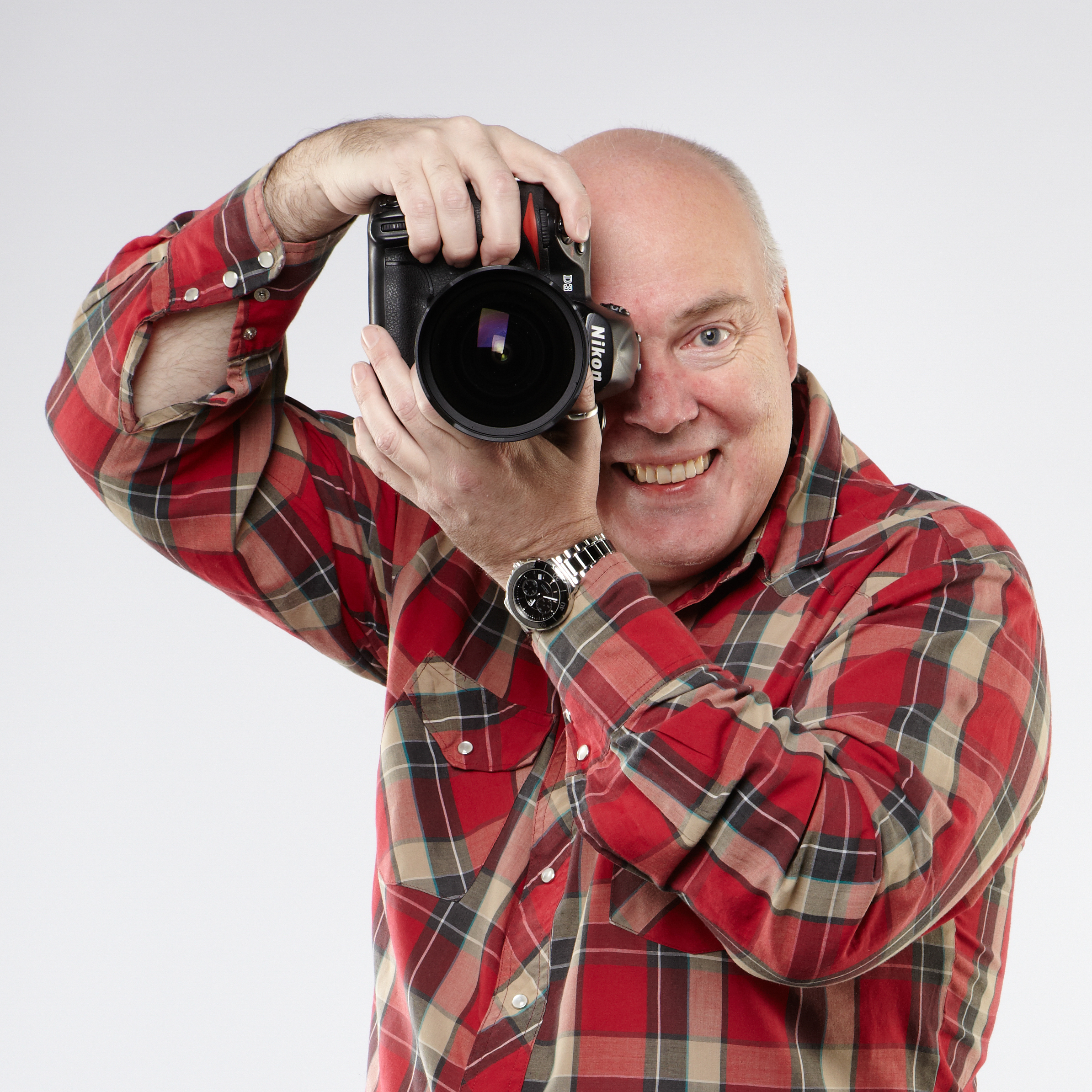
Chris George has worked on Digital Camera World since its launch in 2017. He has been writing about photography, mobile phones, video making and technology for over 30 years – and has edited numerous magazines including PhotoPlus, N-Photo, Digital Camera, Video Camera, and Professional Photography.
His first serious camera was the iconic Olympus OM10, with which he won the title of Young Photographer of the Year - long before the advent of autofocus and memory cards. Today he uses a Sony A7 IV, alongside his old Nikon D800 and his iPhone 15 Pro Max.
He is the author of a number of books including The Book of Digital Photography, which has been translated into a dozen different languages.
In addition to his expertise in photography and videomaking, he has written about technology for countless publications and websites including The Sunday Times Magazine, The Daily Telegraph, What Cellphone, T3 and Techradar.
